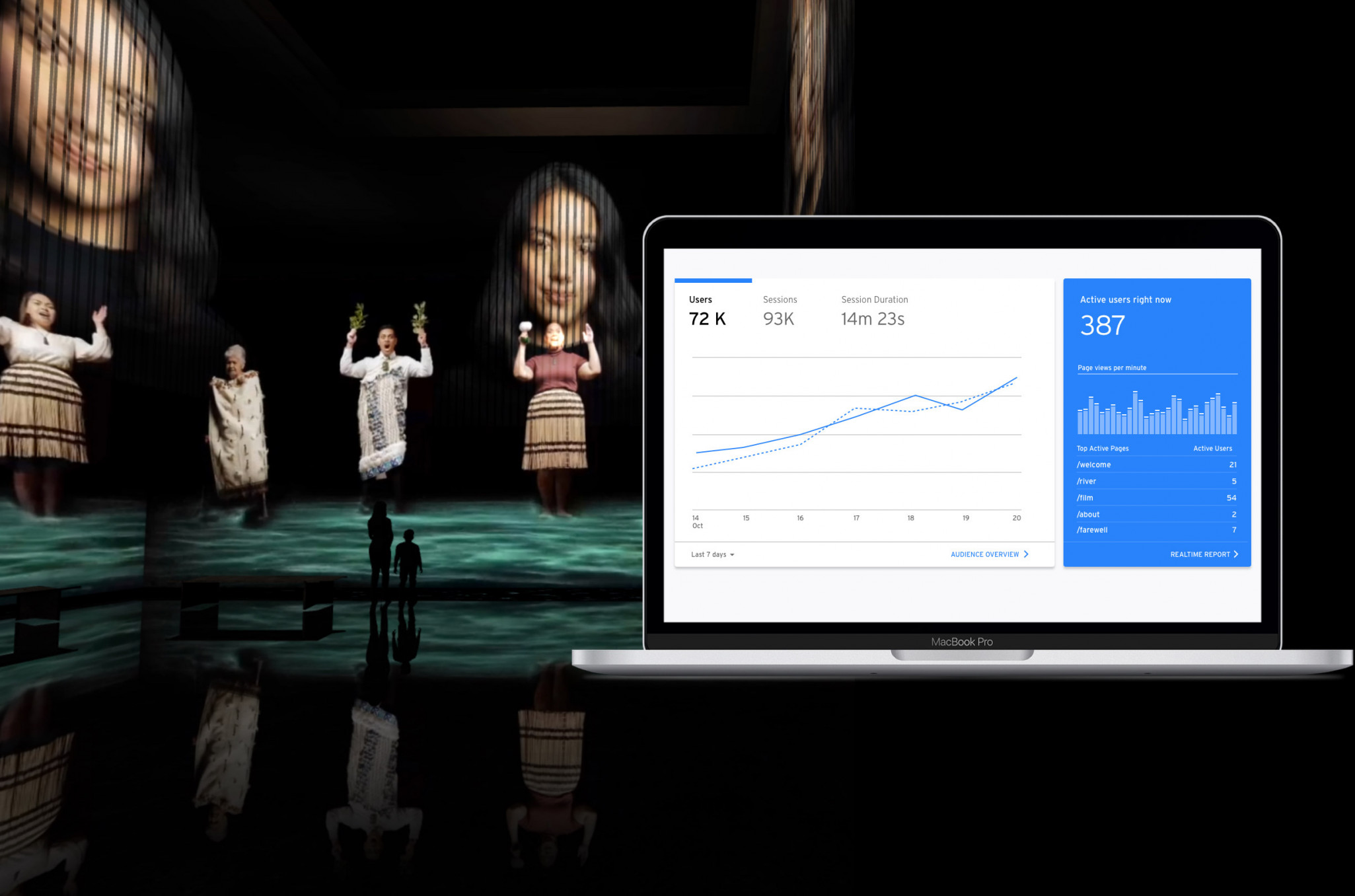About the Project
The NZTE Virtual Pavilion project was an immensely gratifying experience, and I take immense pride in the achievements we accomplished. The virtual tour turned out to be a resounding success, with over 72,000 users engaging with and completing the tour. It's essential to note that the tour was designed for the '2020 Dubai Expo,' which was subsequently postponed until 2022 due to the impact of the Covid-19 pandemic.
Given the circumstances of workplace issues, Unity was not a feasible option for the project. Consequently, I had the privilege of selecting a suitable engine. After thorough testing of various 'free' WebXR/3D engines, such as PlayCanvas, and exploring platforms like Glitch, we made a collective decision to utilise ThreeJS. TypeScript and Vue were integrated as an overlay component to facilitate UI development.
My primary responsibilities encompassed the creation of various control systems, with the exception of the camera rotation handler, which was handled by a colleague. During the Proof of Concept (PoC) stage, I implemented a camera orientation system that effectively utilized the gyroscope of mobile devices.
Initially, we employed a scroll transition for PC and a swipe-drag approach for mobile, but it was eventually abandoned. Subsequently, I devised a simple yet efficient system that involved splitting the camera animations into a sequenced timeline, allowing users to smoothly transition through the tour upon clicking or touching, based on their device. In the film room, where a recursive transition path was originally planned, I developed a free movement system with boundary checking, providing users with the freedom to navigate the room and experience the unique effects at play.
I also played a significant role in the integration of rooms and their visual representation. This process involved extensive testing to ensure that the video elements functioned as intended. We devoted considerable effort to crafting smooth transitions between rooms, and I personally developed a variety of different effects to enhance the users' experience as they moved from one room to another. Once we were satisfied with the performance and functionality, our focus shifted towards incorporating particle effect systems and interactive elements into the overall experience.
To personalize the experience, I initiated the implementation of a user's name projection within an allocated space on the "Particle Room's" wall. This involved creating a dynamic display using spheres that seamlessly rearranged themselves to spell out the name entered by the user in the entry field at the beginning of the experience. Additionally, I undertook the task of integrating a large sphere field along the walls of the "Particle Room" to allow users to interact with the particles. However, despite successfully developing the system, we ultimately decided to abandon this feature.
Among other significant contributions, I developed a subtitle system, ensuring accurate display of translations for the voice-overs with correct macrons. Additionally, I designed an object interaction system that was specifically tailored for the River Room section of the tour. Notably, I also constructed the audio handler, essential for seamlessly integrating video and audio elements, along with voice-overs.
The successful integration of these systems culminated in a captivating and immersive experience, which undoubtedly resonated with all visitors to the virtual tour. Given the ambitious scale of the project, effective collaboration and cohesion among the team were critical, especially considering the time constraints we had to contend with.
-
Date
2021 - 2022
-
Client Name
NZTE // Waxeye
